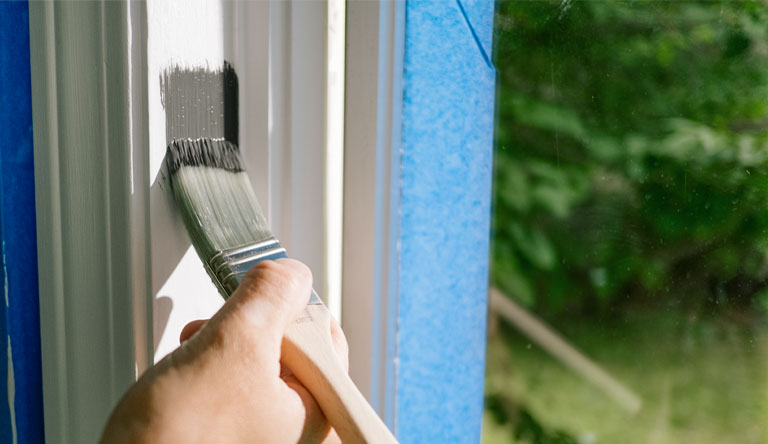
Clean and prep your space

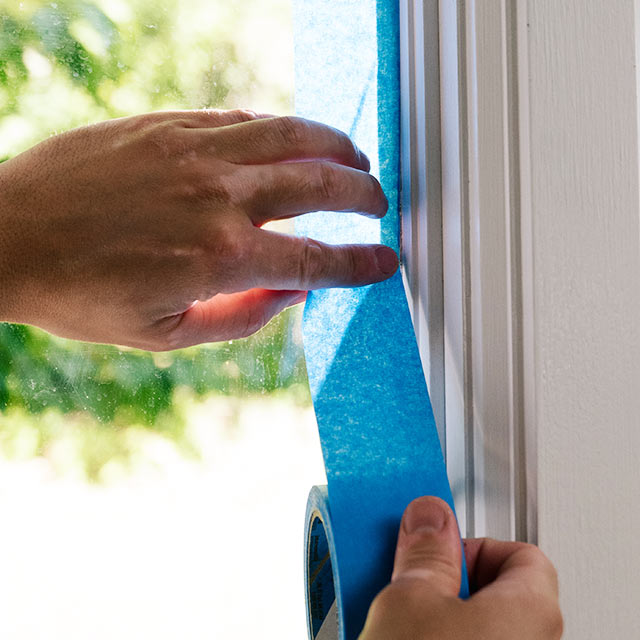
Create your tape borders

Helpful Tip
Many professional painters paint grilles without using tape to save time. No matter how steady your hand is, we recommend using tape to ensure a straight line.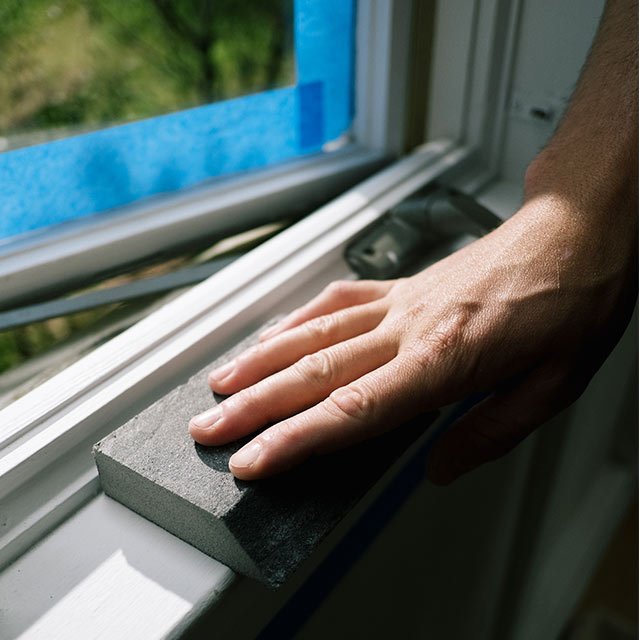
Sand the surfaces

Switch to fine-grit (220-grit) sandpaper with your sanding sponge for an ultra-smooth finish. Be sure to clean all sanding debris from the surfaces you’ll be painting.
Helpful Tip
Sandpaper will scratch glass. Be careful not to let the sandpaper scrape against your windowpanes.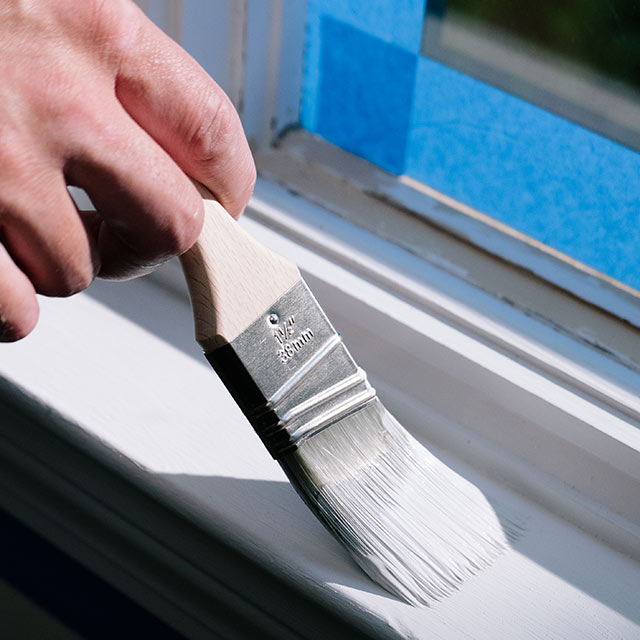
Prime your window

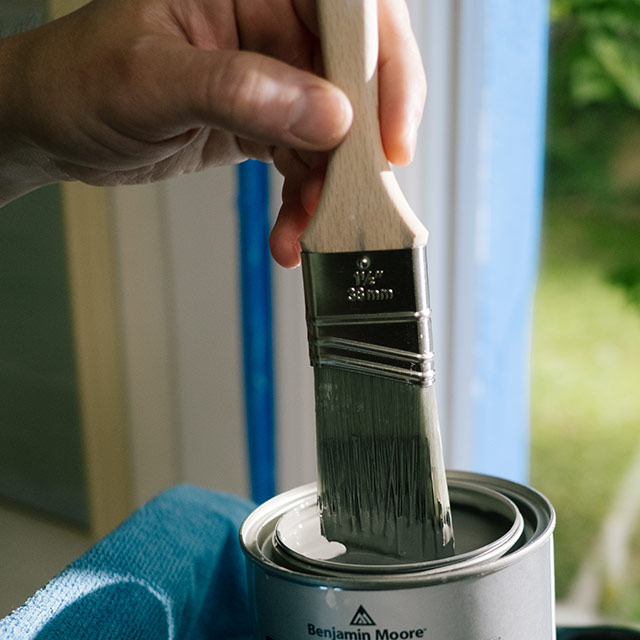
Start painting

Helpful Tip
Start from the inside edge and work your way outward, painting toward the wall.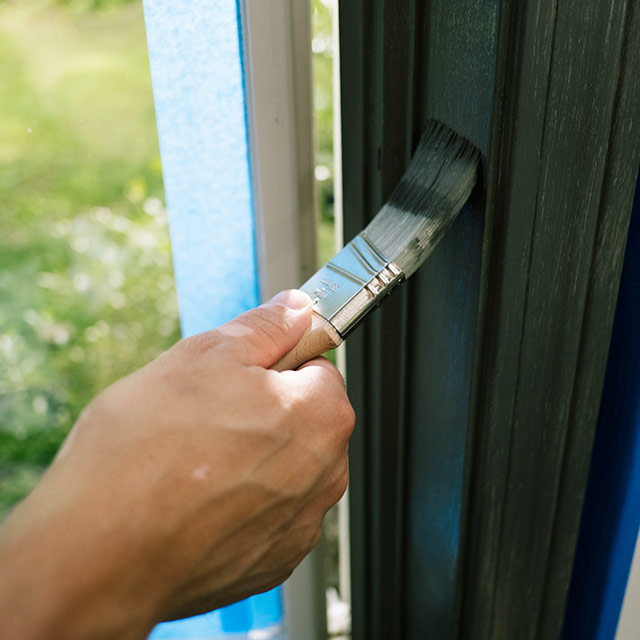
Let dry and repeat

